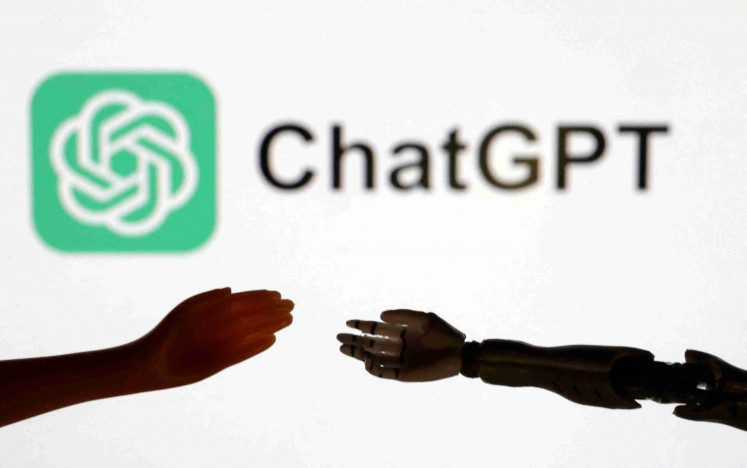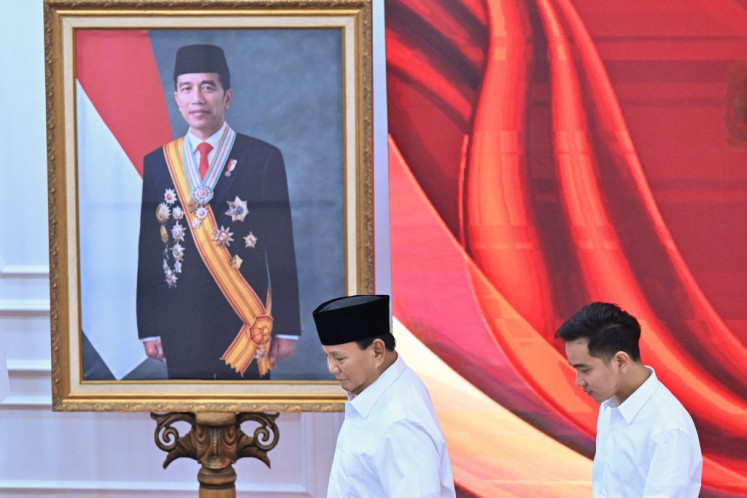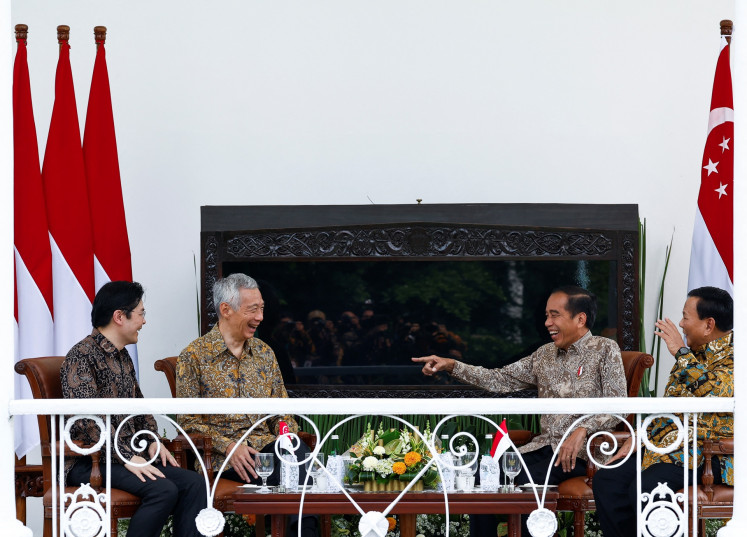Google's US workforce grew more Asian, less white and male
Change Size
 This image shows the future New York City Google campus offices located at 315 and 345 Hudson Street seen on Dec. 17, 2018 (AFP/Timothy A. Clary)
This image shows the future New York City Google campus offices located at 315 and 345 Hudson Street seen on Dec. 17, 2018 (AFP/Timothy A. Clary)
G
oogle’s workforce employed fewer white, male employees as the already over-represented Asian workforce grew and women and people of color showed less obvious improvement.
Gains were reported in the number of women, black and Latino workers among new hires while attrition rates for women and most under-represented groups declined, the Alphabet Inc. unit said in its annual diversity report. Still, black workers continued to have the highest attrition rates, according to the report, which cited race data for U.S. employees.
White workers remain in the majority, accounting for 54.4 percent of employees, while Asian staff posted the biggest increase by rising 1.7 percentage points to 39.8 percent at Google. In the U.S., Asians make up 6 percent of the population.
Read also: Travelers alert: Google just named a language app as best app of 2018
Earlier this year, Google employees, along with shareholders, called on the company to make changes in areas including racial and gender diversity, and asked the board to consider tying these metrics to executive bonuses. Over the past year, employees have protested about worker rights, a military contract and the handling of sexual misconduct allegations.
The report showed women gained ground in technical jobs, although they still account for less than a quarter of those roles globally compared with almost half of non-technical positions. The number of women rose to 26 percent of U.S. leadership, from 25.3 percent in 2018.
For the first time, the company also asked workers to self-identify among several other under-represented groups. Google found that 8.5 percent identify as LGBTQ, 7.5 percent identified as having a disability, and less than 1 percent identified as non-binary.









